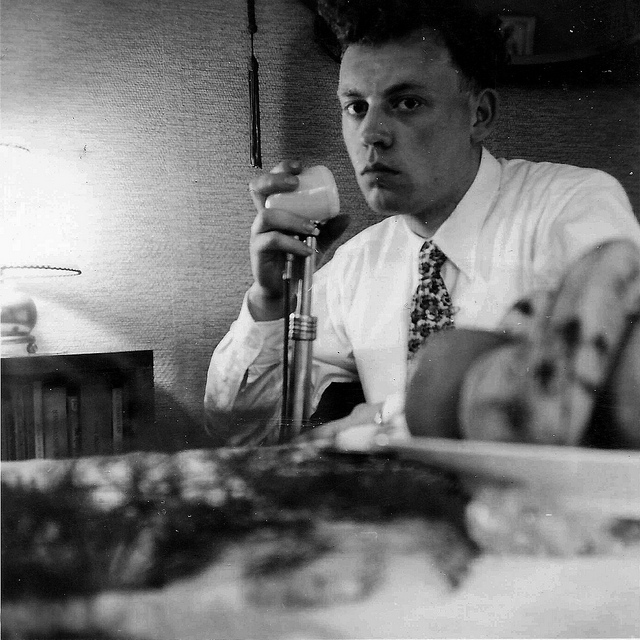
But another population gets little dialog: digital natives who come to medicine already engaged. They are our future colleagues comfortable with tools of public dialog but without a clue as to how to it should be used as a professional.
It’s remarkable. Students with no idea how to use social tools as professionals come to medical education under the supervision of teachers who have never used the tools themselves. Students leave medical school with, at best, token discussion of how to conduct themselves beyond the IRL space.
Yet communication, education, and translation of knowledge are at the core of what physicians do. Increasingly, this happens in the public realm. The failure to prepare physicians for the realities of our new social environment is a failure of medical education to keep up with the realities of physician life in a connected age.
I have found that young physician trainees go through a public progression as they transition from personal to professional use of democratized media. It’s a sequence of thinking about how they fit in to the broader discourse. It’s an early concept that I plan to expand. I would love feedback.
College – In the beginning, public media use is almost exclusively personal and social. More engagement-centered and less focused on content. The risk and impact of conversations is barely a concern. Students have little sense of accountability until the point when they realize they will apply to medical school. Public visibility is seen almost exclusively as a liability. Concern is with what their friends think.
Medical school – Students begin to realize that they are part of something bigger than themselves. Students begin to process the fact that their public presence must be balanced with responsibility to community and patients. They recognize that there are actual professional risks associated with public dialog. Students are too far away from professional practice to understand, grasp or be concerned with the opportunities that a digital footprint can afford. They begin to identify and deal with issues of patient boundaries, privacy and personal and professional identities online.
Residency – Aware of the implications of a screwy public profile, residents are more reserved with their outward presence. Some of this may be time/schedule limited. Public visibility begins to be recognized as an asset that can serve their professional needs.
Professional life – This is the culmination of the transition. Our public presence is more centered on our professional interests and passions. We’ve learned to balance our personal and professional identities and are comfortable with and around patients in conversation. Our concern with social tools is centered on what our peers and patients think. We recognize that tools can be used for education, advocacy, professional promotion and learning. What and how we do what we do in a networked world must also be integrated into continuing medical education (CME).
Thinking about the sequence and stages of public professional transition is important as we must deliver content in the context of where the trainee is at. Students must learn to mitigate risk early in their training. Students beginning their clinical training must understand the specific issues that they’ll face when in contact with patients. Residents must understand how social tools can be used for professional growth. Trained professionals must recognize how to specifically leverage these tools for their specialty and work situation.
We have approached this issue at Baylor College of Medicine with our Digital Smarts curriculum. It is an undergraduate program that takes students from orientation through to graduation with the delivery of material specific to the student’s context and stage of development. Exclusively case-based, the program is entering its third year and it represents the first and only curriculum of its kind.
I would love feedback on this concept of the physician public progression. I may be reached at bsv at bcm dot edu.
If you are interested in the evolving role of the physician in public, please download a free copy of my book, The Public Physician.
[Image via phlubdr on Flickr]